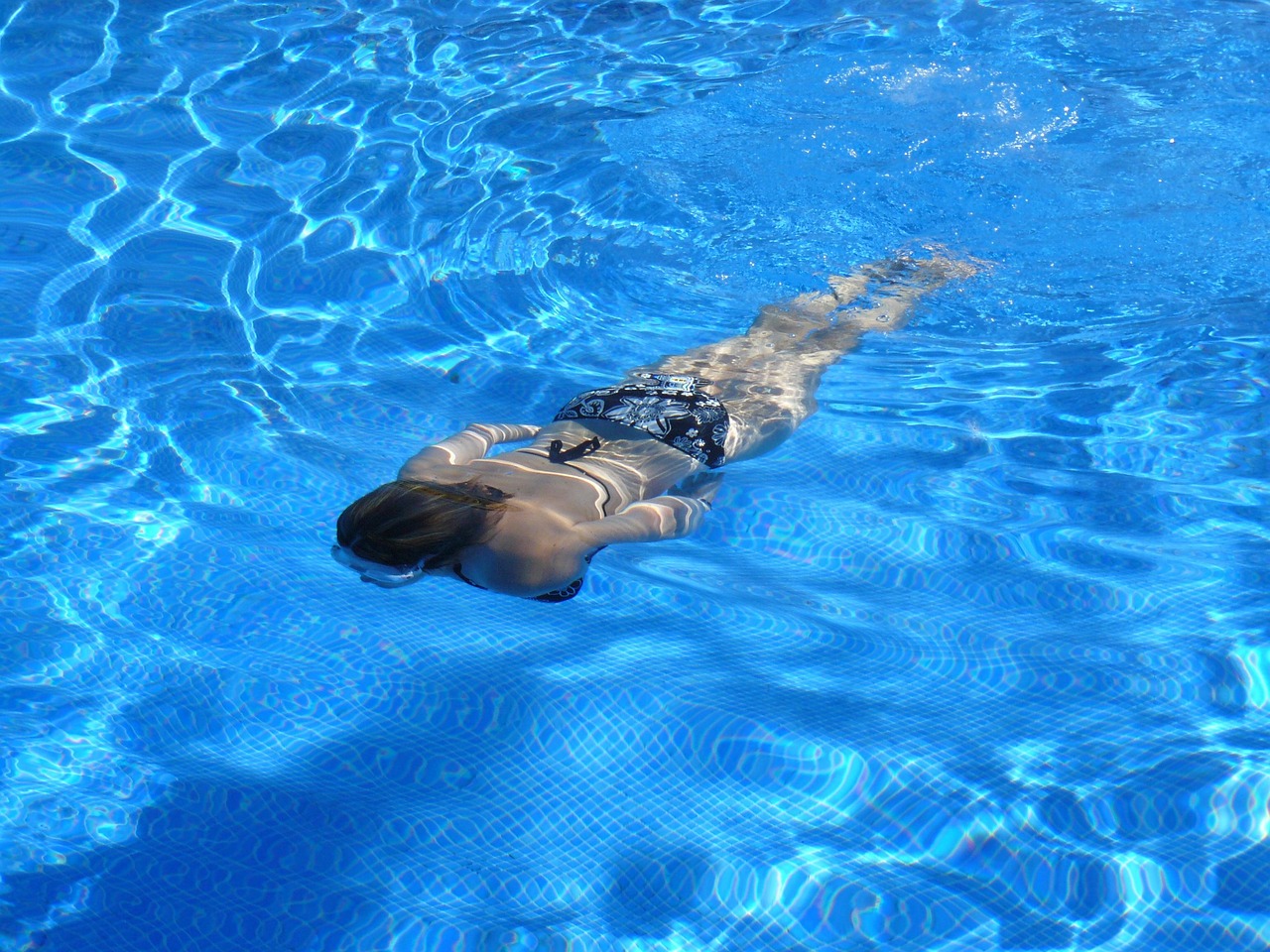Fine-Tuning the Biomechanics of Swimming: An In-depth Analysis
Swimming is a sport that has been around for centuries. Its history can be traced back to the Stone Age paintings that depict individuals swimming. While the sport has evolved significantly over the centuries, the essence remains the same—moving through water efficiently and swiftly. However, the techniques and strategies for achieving this have become more sophisticated, calling for an in-depth understanding of the biomechanics of swimming.

The biomechanics of swimming refers to how the body moves in water. Understanding this can help swimmers improve their performance and minimize the risk of injury. Today, with advancements in sports science and technology, we are more equipped than ever to study and understand these biomechanics in detail. This article will delve into the complexities of swimming biomechanics, exploring the latest trends, research-backed insights, and the real-world implications of this knowledge.
A Dive into the History of Swimming Biomechanics
The study of swimming biomechanics is not a recent phenomenon. As early as the 19th century, scientists and coaches were attempting to understand how different body movements impact a swimmer’s speed and endurance. Over the years, the understanding of swimming biomechanics has evolved, thanks to advancements in technology and sports science.
Breaking Down the Biomechanics of Swimming
Swimming is an intricate sport that requires the coordination of various body parts. The biomechanics of swimming can be broken down into different components, such as body position, stroke mechanics, and kicking mechanics. Understanding these components and how they interact can provide valuable insights for improving performance.
Current Trends and Insights in Swimming Biomechanics
In recent years, there has been a growing interest in understanding the biomechanics of swimming. The use of technology, like motion capture and computational fluid dynamics, has made it possible to study swimming biomechanics in unprecedented detail. This has led to new insights and strategies for improving performance.
Swimming Biomechanics: Challenges and Opportunities
While the study of swimming biomechanics offers promising opportunities for performance enhancement, it also presents certain challenges. Some of these include the complexity of the sport, the need for expensive equipment, and the difficulty in translating lab findings to real-world settings.
The Real-World Impact of Swimming Biomechanics
The understanding of swimming biomechanics has real-world implications. It can help swimmers improve their technique, prevent injuries, and optimize their performance. Moreover, it can also guide coaches in designing effective training programs.
In conclusion, the biomechanics of swimming is a complex but fascinating field. By understanding how the body moves in water, we can enhance performance, prevent injuries, and take the sport to new heights. As technology continues to advance, we can look forward to even more exciting discoveries in the future.
Swimming is more than just a sport—it’s a science. And as we continue to fine-tune our understanding of this science, we can look forward to faster times, better techniques, and a deeper appreciation for the beauty and complexity of this timeless sport.




